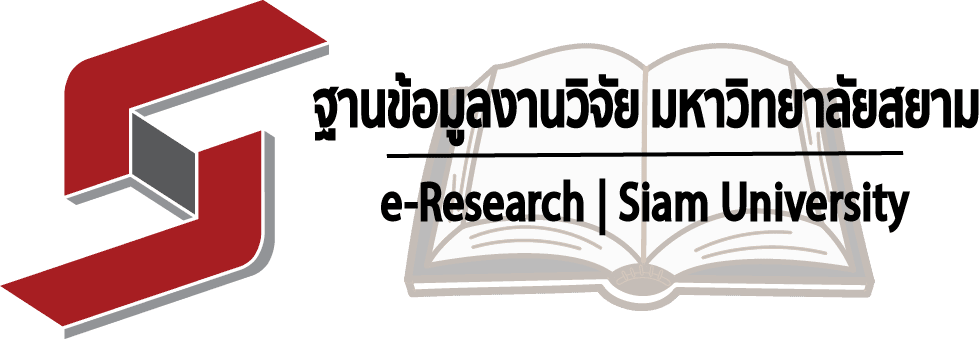- KB Home
- -ประเภทของโครงการ | Project Type
- บทความวิชาการ | Academic Article
- SCOPUS
- Design and characterization of monolaurin loaded electrospun shellac nanofibers with antimicrobial activity (SCOPUS)
| Research Article: | Design and characterization of monolaurin loaded electrospun shellac nanofibers with antimicrobial activity |
| Author: | Nawinda Chinatangkul, Chutima Limmatvapirat, Jurairat Nunthanid, Manee Luangtana-Anan, Pornsak Sriamornsak, Sontaya Limmatvapirat |
| Email: | nawinda.chi@siam.edu |
| Department|Faculty: | Faculty of Pharmacy, Siam University, Bangkok 10160 |
| Published: | Asian Journal of Pharmaceutical Sciences, Volume 13, Issue 5, September 2018, Pages 459-471 |
Citation
Nawinda Chinatangkula, Chutima Limmatvapirat, Jurairat Nunthanid, Manee Luangtana-Anan, Pornsak Sriamornsak, Sontaya Limmatvapirat. (2018). Design and characterization of monolaurin loaded electrospun shellac nanofibers with antimicrobial activity. Asian Journal of Pharmaceutical Sciences, 13(5), 459-471.
ABSTRACT
The aim of this study was to elucidate the optimized fabrication factors influencing the formation and properties of shellac (SHL) nanofibers loaded with an antimicrobial monolaurin (ML). The main and interaction effects of formulation and process parameters including SHL content (35%–40% w/w), ML content (1%–3% w/w), applied voltage (9–27 kV) and flow rate (0.4–1.2 ml/h) on the characteristic of nanofibers were investigated through a total of 19 experiments based on a full factorial design with three replicated center points. As a result, the SHL content was the major parameter affecting fiber diameter. Another response result revealed that the SHL content would be also the most significant negative impact on amount of beads. An increase in the concentration of SHL leaded to a reduction in the amount of beads. From the results of characterization study, it was proved that ML might be entrapped between the chains of SHL during the electrospinning process exhibiting an excellent encapsulation. According to the response surface area, small (~488 nm) and beadless (~0.48) fibers were obtained with the SHL and ML contents of 37.5% and 1.1% w/w respectively, at the applied voltage of 18 kV and the flow rate of 0.8 ml/h. In addition, the results of the kill-kinetic studies showed that SHL nanofibers loaded with ML exhibited an excellent antibacterial activity against Staphylococcus aureus, while Escherichia coli was less affected due to the hydrophilic structure of the its outer membrane. ML also exerted an antifungal activity by reducing the number of Candida albicans colonies. Based on their structural and antimicrobial properties, SHL nanofibers containing ML could be potentially used as a medicated dressing for wound treatment.
Keywords: Shellac, Monolaurin, Nanofibers, Factorial design, Wound dressing, Electrospinning.
Design and characterization of monolaurin loaded electrospun shellac nanofibers with antimicrobial activity
Faculty of Pharmacy, Siam University, Bangkok, Thailand


